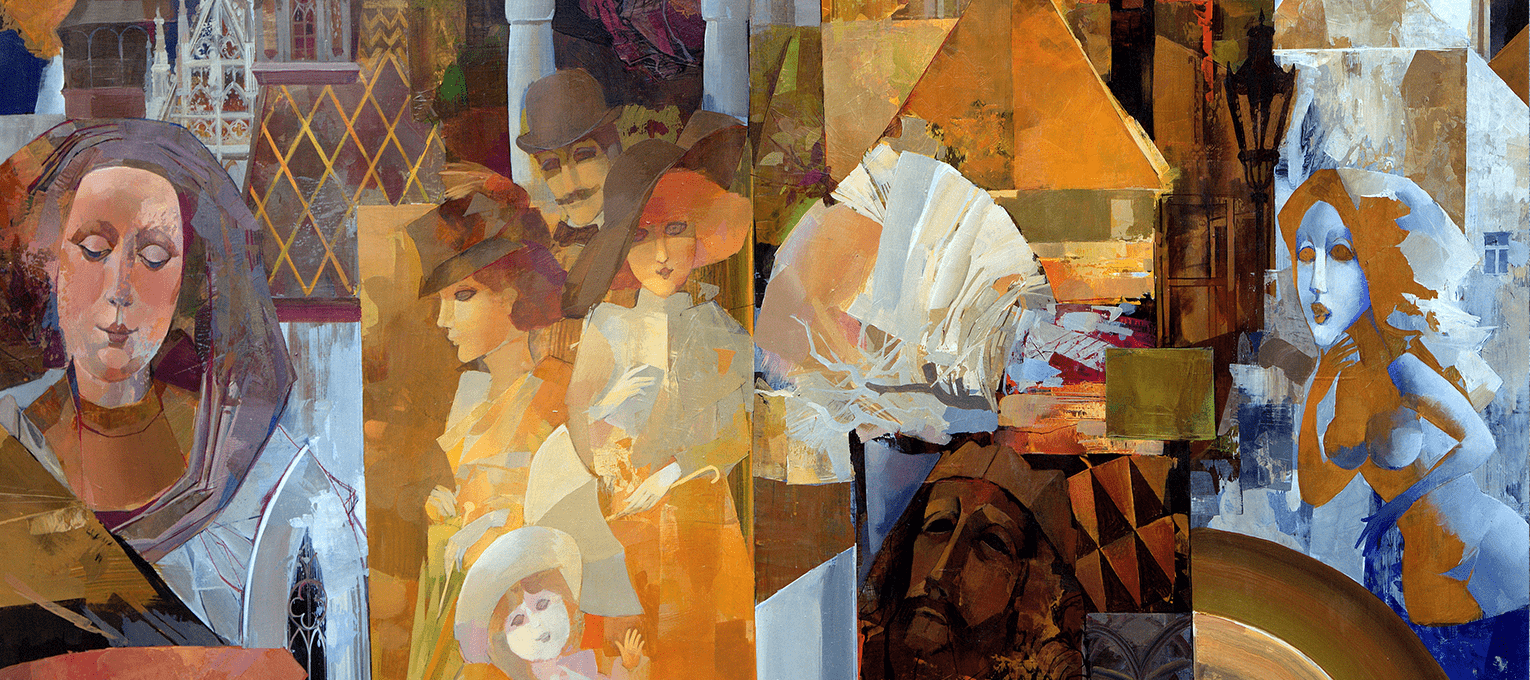
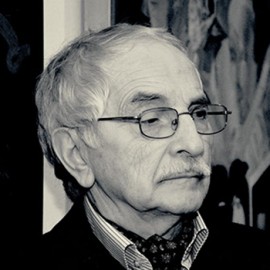
DUNCHAK ATTILA
1940A painter, a master of art and decorative ceramics, glass
- Biography
- Portfolio of works
- Video archive
- Bibliography
Biography
Member of the National Union of Artists of Ukraine (1982). Member of the Union of Slovak artists and the Slovak Union of Artists (1983), Union of Hungarian Artists in Slovakia (1989).
He was born on 2 March 1940 in Uzhhorod. The first acquaintance with art took place in childhood, when, being a young boy, Attila visited an art museum, which inevitably struck him. Since then, he enjoyed hours of walking through the halls of art gallery, enjoying the works of talented artists.
Later, the young man entered the Uzhhorod School of Applied Arts at a picturesque department, which he graduated in 1959. He was lucky that his teacher and mentor was a famous painter, one of the founders of the Transcarpathian school of painting Fedir Manailo. During his studies, Attila visited Leningrad (St. Petersburg, Russia), a world-famous centre of arts. That journey helped the future artist to determine with the means of expressing his artistic ideas. He was impressed with the properties of ceramics and glass since working with these materials allows to combine sculptural plastic and painting.
Upon completion of studies in Uzhhorod Attila entered the Leningrad Higher Art and Industrial School. Named after V. I. Mukhin, Glass and Ceramics Department. His teachers were V. Markov, K. Mytrofanov, and F. Entelis. Attila graduated this famous establishment with honours in 1967 and returned to his native Transcarpathia.
The second half of the 60s was marked by active exhibitions: since 1964, the young artist began to participate in foreign exhibitions, and in republican and all-union – from 1966 and 1967.
Early works of the artist, made with glass, are distinguished by elegance and refinement of plastic forms: the author's vases, sculptures with enamels, lamps. Extremely sophisticated are porcelain dishes with glazed paintings.
After returning to his native land, the artist worked as a teacher of the Department of Art Ceramics at the Uzhhorod School of Applied Arts (now Transcarpathian Academy of Arts). Attila Dunchak was one of those teachers with a fresh look who introduced a more contemporary style to the educational process. The author developed a new curriculum that allowed ceramists to go beyond the scope of arts and crafts and begin working on volume plastics for urban environments.
In the 70s, the artist's talent was clearly manifested in the creation of monumental works – decorative compositions made with enamels on a ceramic tile, sgraffito and paintings on it. The author's works adorned buildings among which: decoration of houses of culture in Ilnytsia village (Transcarpathia) – panel “Meeting of Miners”, “Collective Farm”, “Motifs of Nature”, “Self-Action” (1973); in Kosice (Slovakia) – sgraffito, painting “Friendship” (in 1975-1976); a sketch for a ceramic panel in the foyer of the Uzhhorod regional film studio; a panel on the walls of tourist recreation centre in Evpatoria (Crimea) – “Approaching of Ships”, “Seabed” (1974) as well as in Zhdeniievo village (Transcarpathia) – “Fisherman”, “Forest” (1975). The author's mosaic panel – folk composition, executed within the folk traditions with the preservation of ornamentation and style – decorated the wall of the restaurant in Onokivtsi village (Transcarpathia).
Eventually, the art priorities of Dunchak were shifted to painting visions, in which there is an echo of the artist's preferred form-forming methods of glass processing. The painter's painting is characterized by a variety of colours, complicated images and associations. The compositional series is based on symbolism and is constructed on a clear semantic chain of figures, images, and signs. The artist's paintings are intended for thoughtful perception and plot-semantic "decoding" by a trained, erudite viewer.
Attila Dunchak was awarded the Hungarian Golden Cross of Merit for significant achievements in culture and a significant contribution to the development of art.
In 1982, the artist moved with his family to Košice (Slovakia).
Participant in numerous group and personal exhibitions. The artist works are kept at the galleries and museum collections of Ukraine, Slovakia, Hungary, Canada, the USA and other countries.
Text: Liudmyla Kozlovska
© Art & Culture Foundation Brovdi Art
Portfolio of works
© DUNCHAK ATTILA
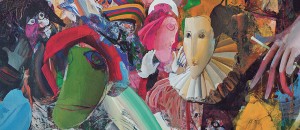
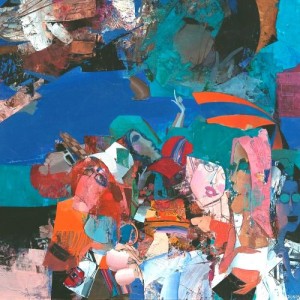
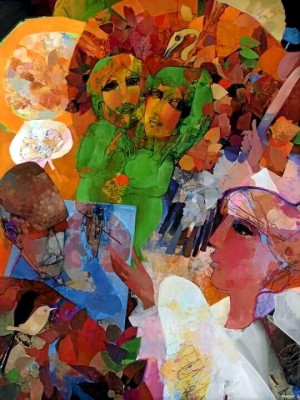
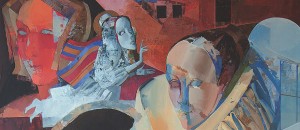
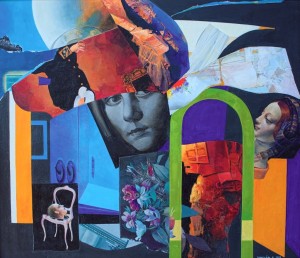
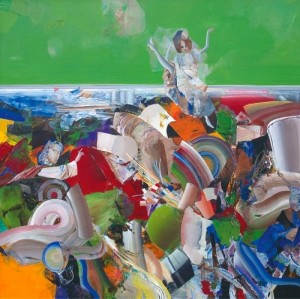
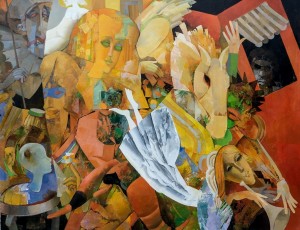
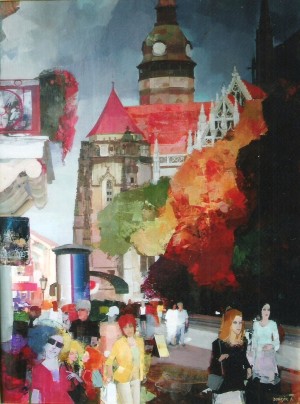
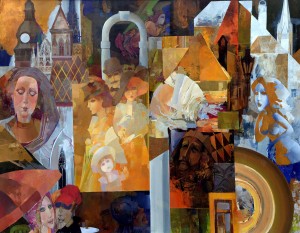
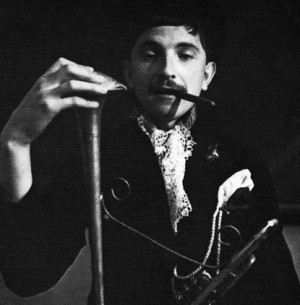
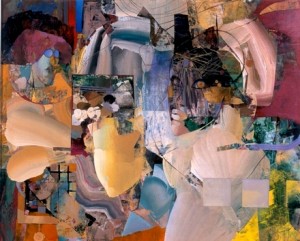
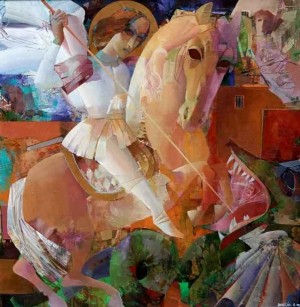
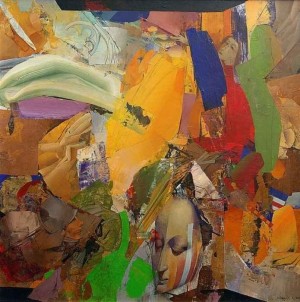
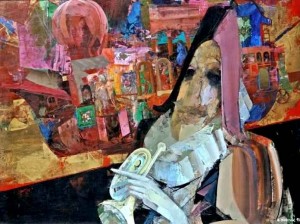
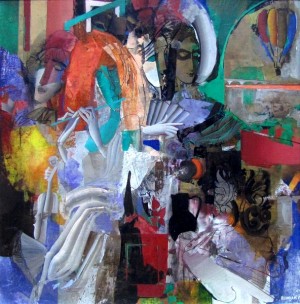
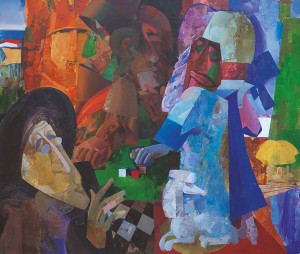
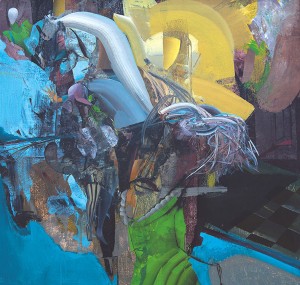
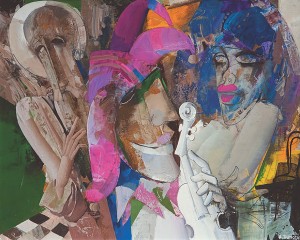
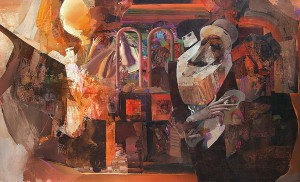
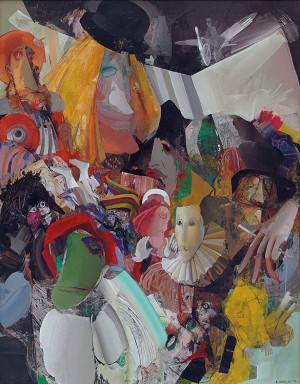
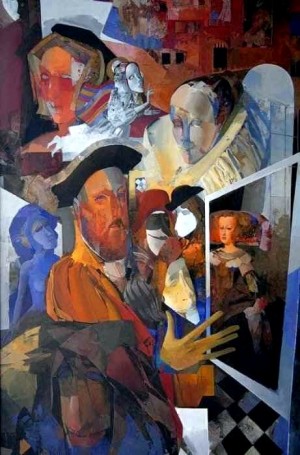
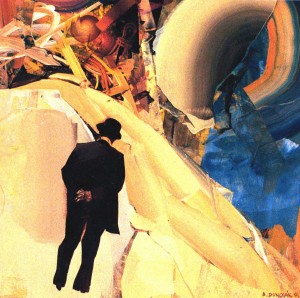
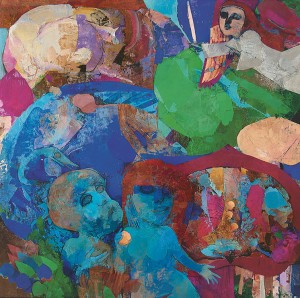
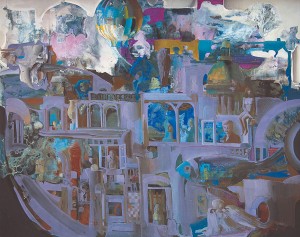
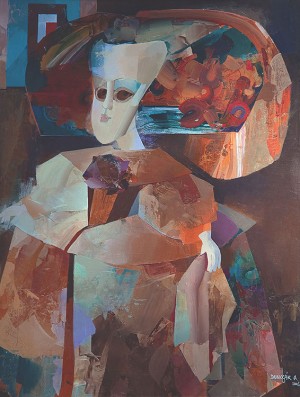
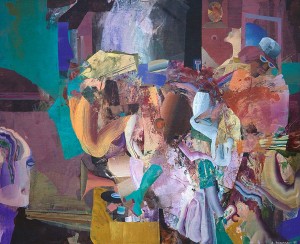
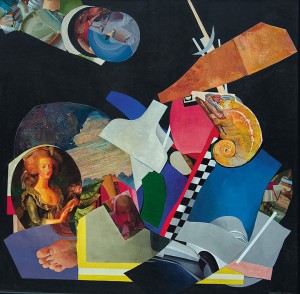
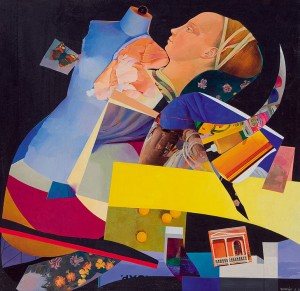
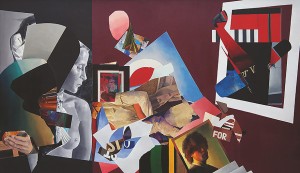
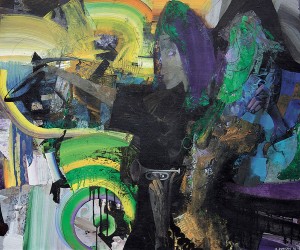
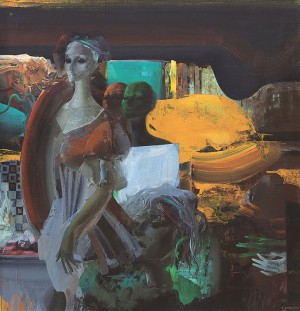
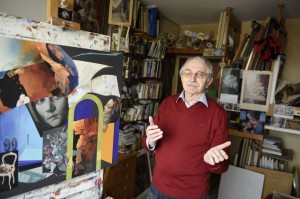
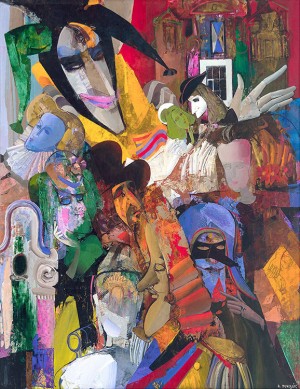
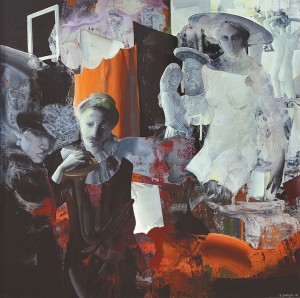
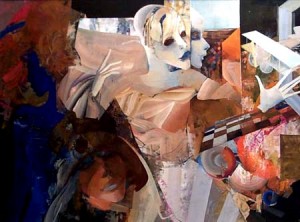
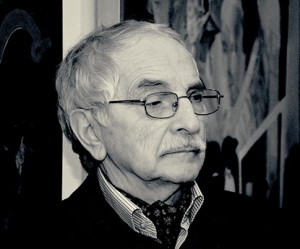
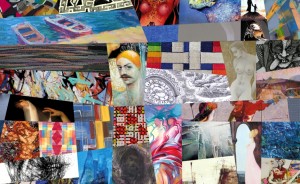
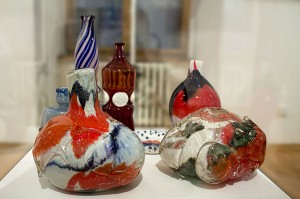
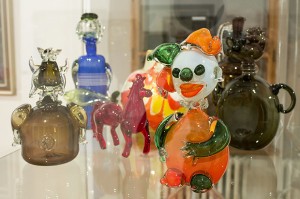
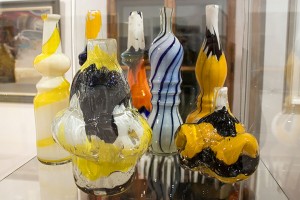
© DUNCHAK ATTILA
Matching content source: photos of the art works are taken from public sources (list)
Sorry, we did not find anything
Video archive
Bibliography
Книги, альбоми, каталоги
Атілла Дунчак. Живопис. Кераміка. Скло.: буклет. – Ужгород, 1992.
Статті в газетах і журналах
Попова Л. Театр життя // Новини Закарпаття. – 1992. – 29 квітня. – С. 8.
(Виставка)
Ковач В. Зустріч з художником // Молодь Закарпаття. – 1975. – 12 серпня. – Пагінація відсутня.
(Біографія, цікаві факти)
Matching content source of the published art works:
http://karpatart.com/ru/artist/
https://socrealizm.com.ua
http://zakarpattya.net.ua
http://visart.info
http://www.mukachevo.net
http://photo.ukrinform.ua
- Biography
- Portfolio of works
- Video archive
- Bibliography
